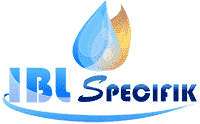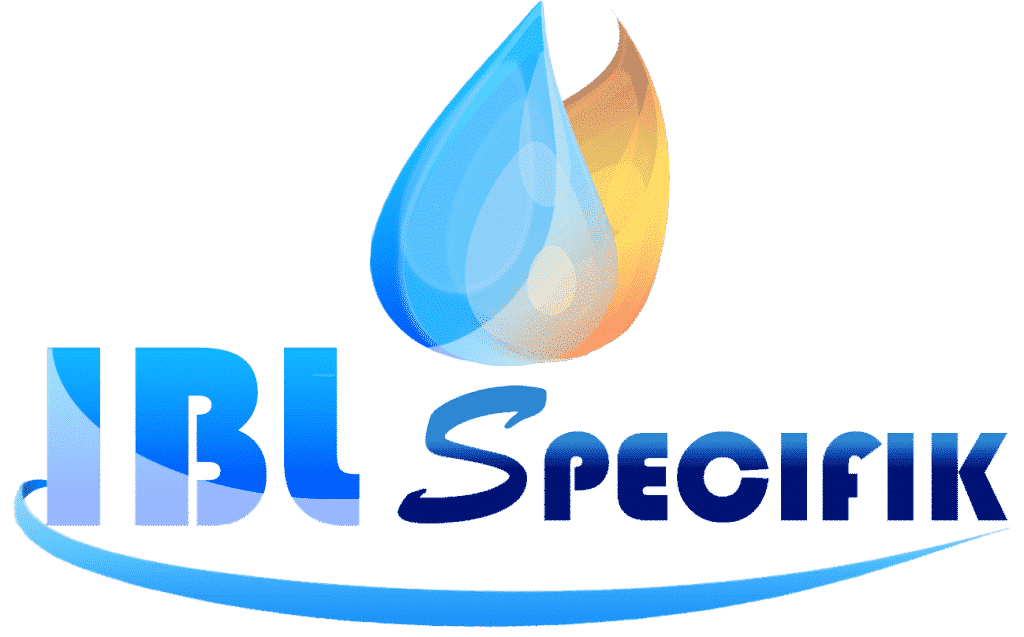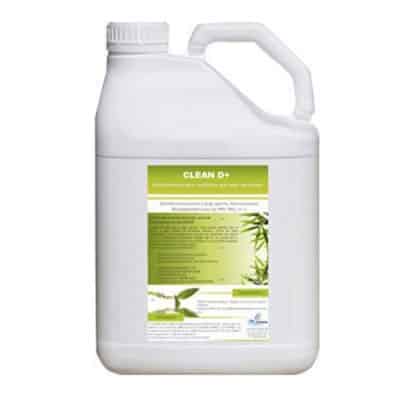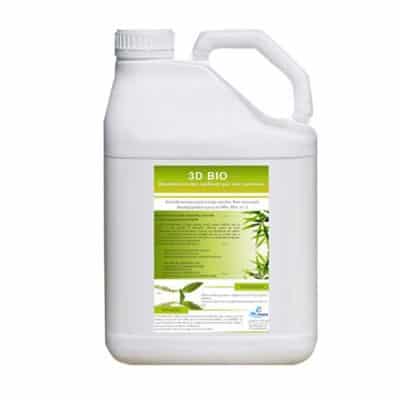Les seuls exemples disponibles concernent l’élimination de souillures organiques. Jennings (1959) a montré que l’effet de la température peut être imputé à l’accélération des réactions entre détergent et dépôt.
*(Schussler, 1970 ; Gallot–Lavallée et al., 1984) ont à leur tour montré qu’une augmentation de la températures’accompagne généralement d’une augmentation de la vitesse de nettoyage.
*Schussler. (1976) affirme qu’une augmentation de la température entraîne la diminution de la viscosité du milieu permettant une diffusion plus rapide du détergeant vers le noyau turbulent des produits de cette réaction.
*Fryer & Bird (1994) prouvent qu’une augmentation de 20°C de la température entre 70 et 90°C double la vitesse d’enlèvement.En effet, plus la température est élevée, plus les réactions sont rapides mais elles peuvent s’accompagner de réactions indésirables entre le détergent et les matériaux des équipements nettoyés.
Les faibles températures permettent de préserver les équipements mais rendent les opérations de nettoyage trop longues et donc économiquement inintéressantes.
De plus, selon Perlat et al. (1986) des températures inférieures à 40°C entraînent des réactions de gélification entre des protéines et le détergent (gel protéique), ce qui rend le nettoyage impossible.
C’est pour cette raison qu’il est maintenant clairement établi que l’enlèvement des dépôts protéiques se fait de manière optimale à partir de 65/70°C.
C’est pour cela que IBL Specifik recommande l’utilisation de la vapeur haute pression et haute température pour le nettoyage et le décrochage des Biofilms sur les surfaces et outils de production.
La vapeur sous pression et sous très haute température (10/12 bars et 185°C pour la Steambio 19000) a un effet détersif et biocide qui agit sur les graisses et les salissures diverses en éliminant le biofilm microbien.
Pour le Nettoyage et désinfection Écologique en Industrie Agroalimentaire et particulièrement les grandes surfaces horizontales et verticales qui ont besoin d’être désinfectées, le canon à mousse est recommandé. Sa mousse blanche onctueuse détergente et désinfectante, son compresseur d’air de 8 bars et sa pompe haute pression intégrée le rend entièrement autonome. Ses caractéristiques permettent de nettoyer et de décontaminer des surfaces très importantes rapidement et facilement avec un seul opérateur.













